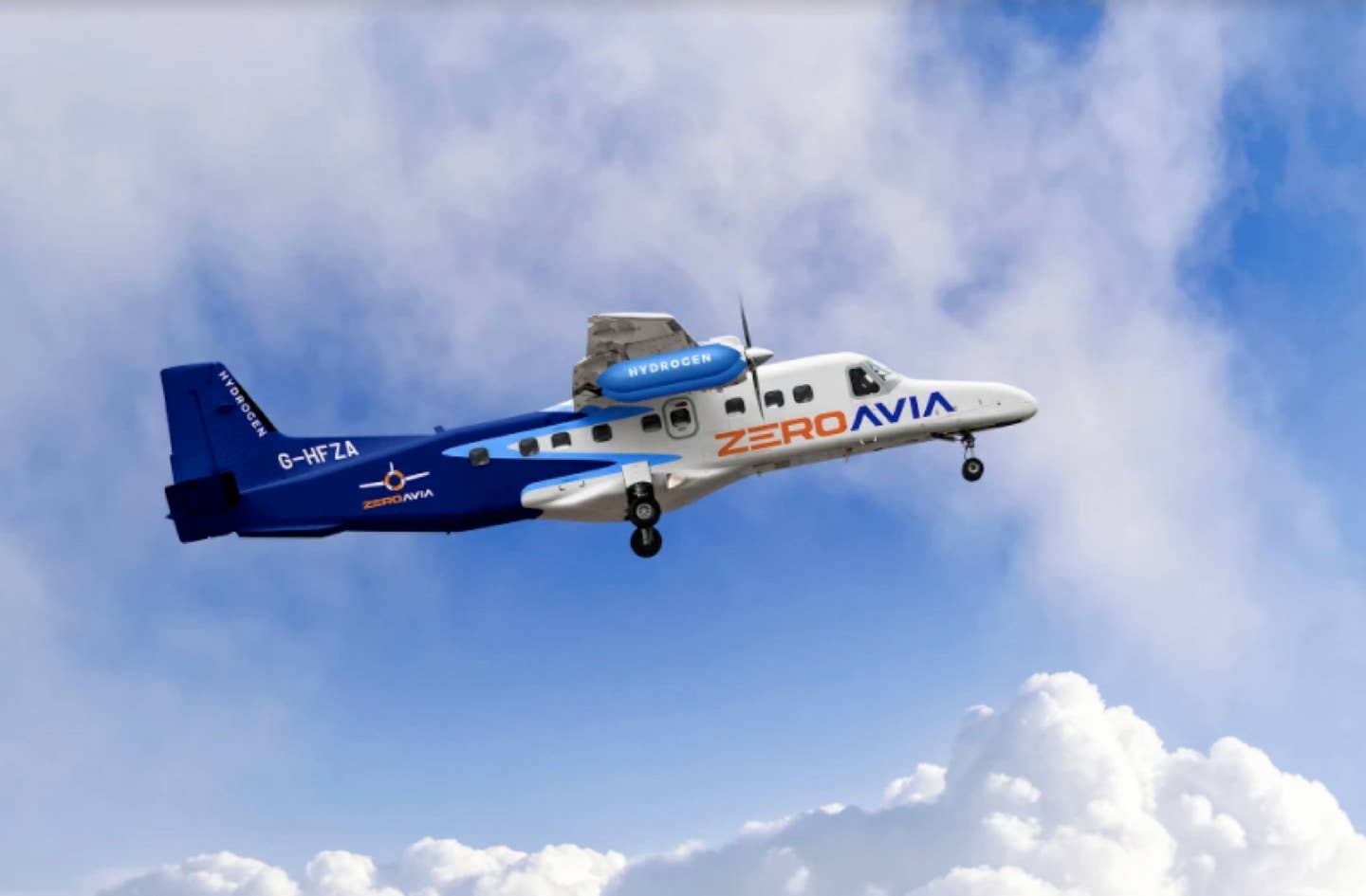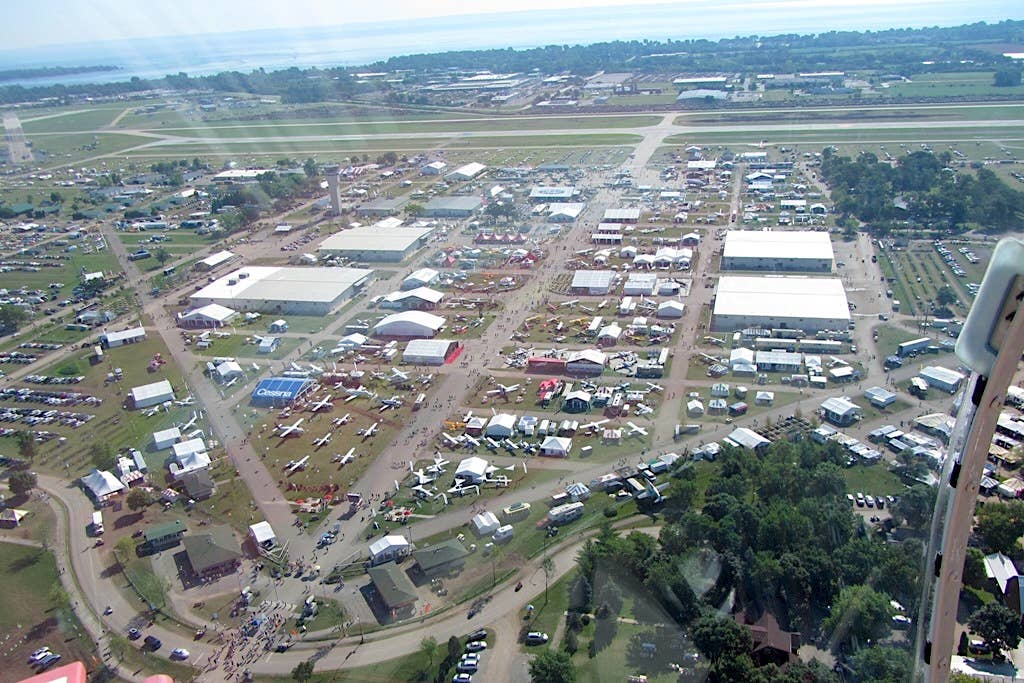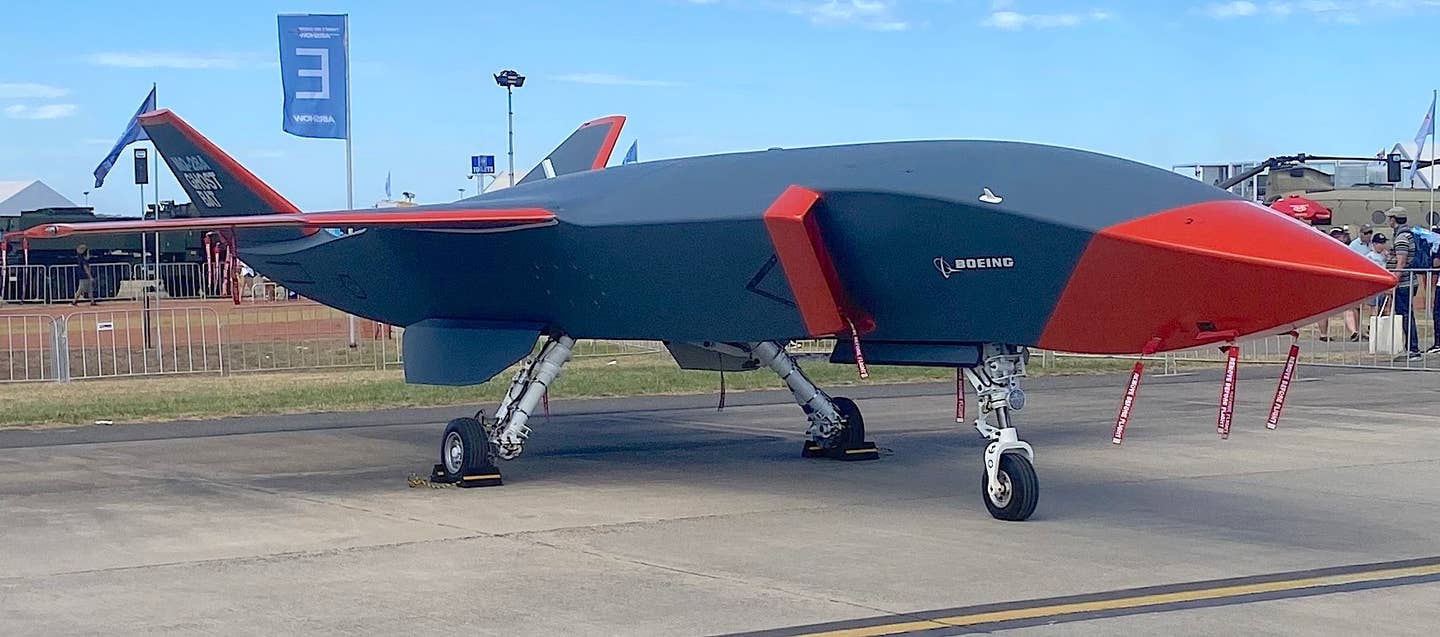ZeroAvia Announces Progress On Hydrogen-Electric Aircraft Programs
U.K.-government-backed ZeroAvia has acquired a pair of Dornier 228 twin turboprops to use as test beds for its Hyflyer II development phase involving 600-kW hydrogen-electric powerplants. One of the 19-seat…

Image: ZeroAvia
U.K.-government-backed ZeroAvia has acquired a pair of Dornier 228 twin turboprops to use as test beds for its Hyflyer II development phase involving 600-kW hydrogen-electric powerplants. One of the 19-seat former regional airliners will be based at Kemble, U.K., and the second at ZeroAvia’s U.S. location in Hollister, California. The 19-seat aircraft will have hydrogen fuel tanks designed to ultimately contain 100 kg of compressed gaseous hydrogen, providing an expected 500-mile range.
Hyflyer II follows up on the first R&D project, a 250-kW hydrogen fuel cell powertrain installed in a six-seat Piper Malibu. HyFlyer I achieved all its technical goals, according to ZeroAvia, though the aircraft was seriously damaged in an off-airport landing on April 29.
The company also announced it has secured $13 million in funding for its next phase—developing a hydrogen-electric powerplant for a 50+ seat airliner. Current funding for that project now totals $37 million. The new investment comes from AP Ventures, Alumni Ventures Group, SGH Capital and Agartha Fund LP. They join existing investors Amazon’s Climate Pledge Fund, Breakthrough Energy Ventures, Summa Equity, Shell Ventures, SYSTEMIQ and Horizons Ventures.
Val Miftakhov, founder and CEO of ZeroAvia, said, “Various projections indicate that aviation may account for over 25 percent of human-induced climate effects by 2050. We are on the path to helping reverse that trend. Hydrogen is the only practical solution for true climate-neutral flight, and it will become a commercial reality much sooner than many predict.”






